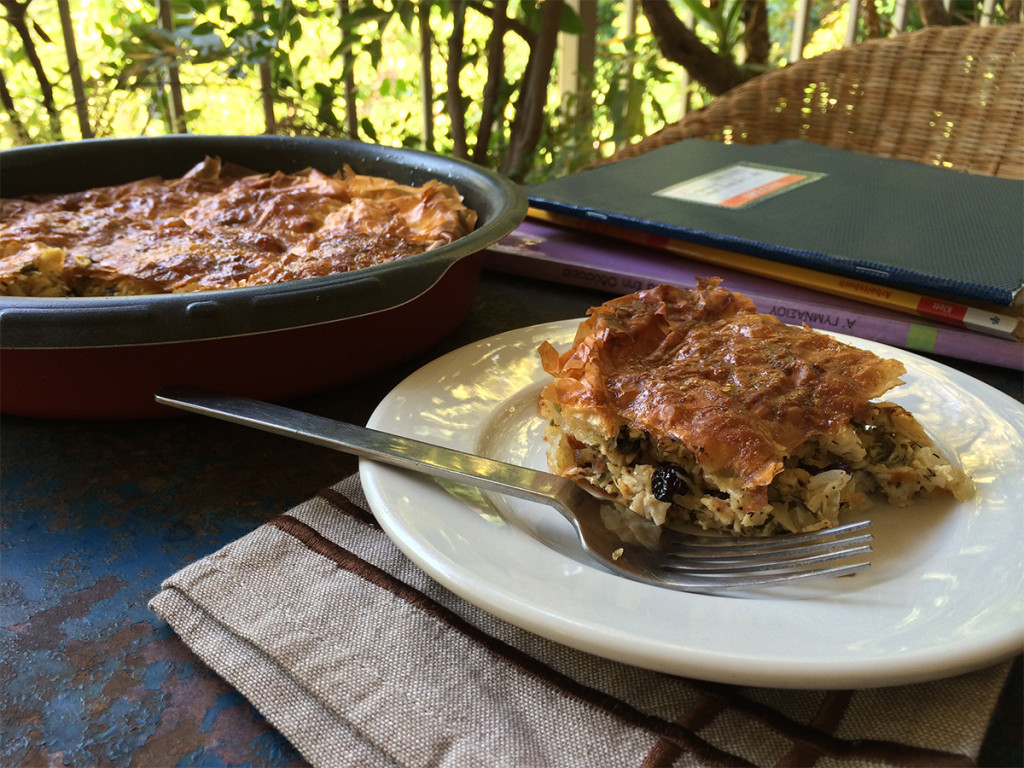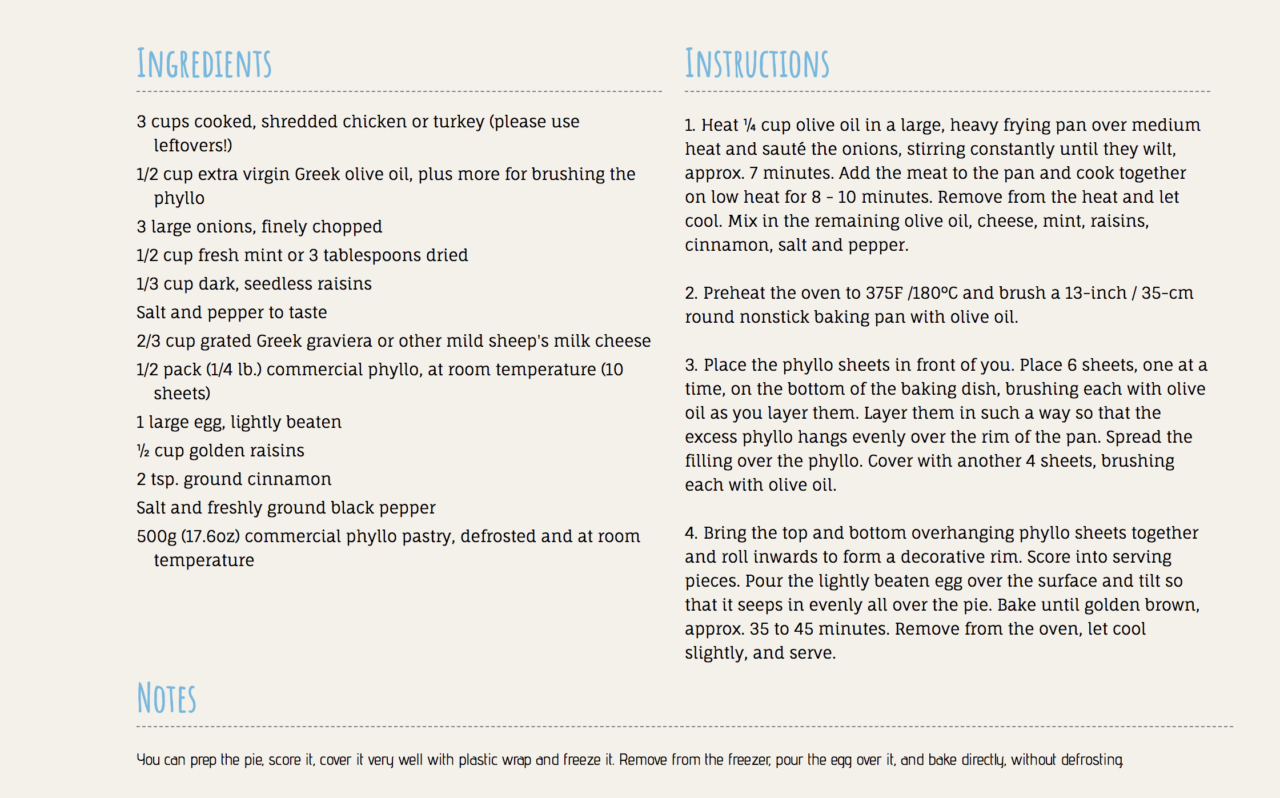VINE LINE
By Marianne Zarcadoolas
Purely Greece Imports- President
Member of Sommelier Society of America
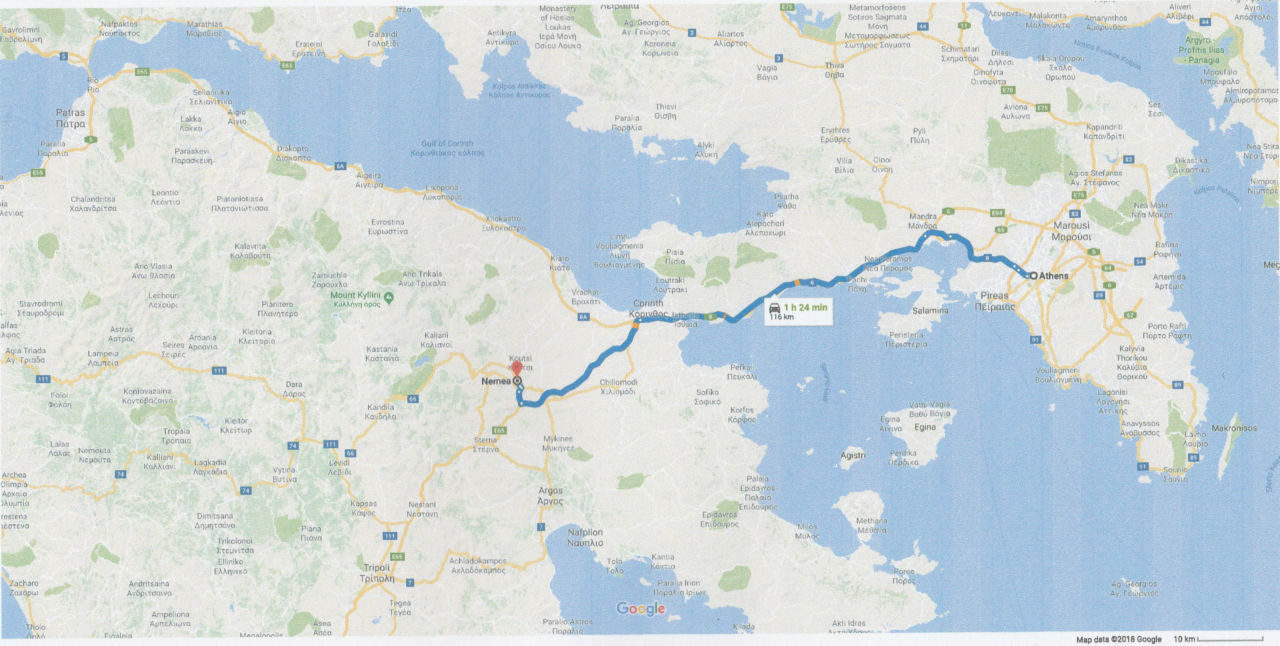
INTRODUCTION
The most famous, well-known and well-balanced wine producing region of the Peloponnese is undoubtedly Nemea, in the NE corner of the peninsula. It has an extensive wine tour trail. Pour yourself a glass of wine and once again come along with me for a wine tour of this amazing region with a very long and interesting history, steeped in tradition and myth.
GETTING THERE
Take a pleasant 1.5-hour drive southwest of Athens, along the beautiful Attica coast toward Corinth on the National Road to arrive in this majestic valley. You may want to incorporate a trip to the famous Corinth Canal, the waterway that was cut through the narrow Isthmus of Corinth to link the Gulf of Corinth to the Saronic Gulf. The canal separates the Greek mainland from the Peloponnese, turning it into an island. (Photo-#1-Map- Athens -Nemea)
The Peloponnese has several organized wine tours, or you can arrive in Nemea and take the self-guided driving tour by following the wine trail signs. However, you should call ahead to the individual wineries where you would like to do an organized tour and tasting.
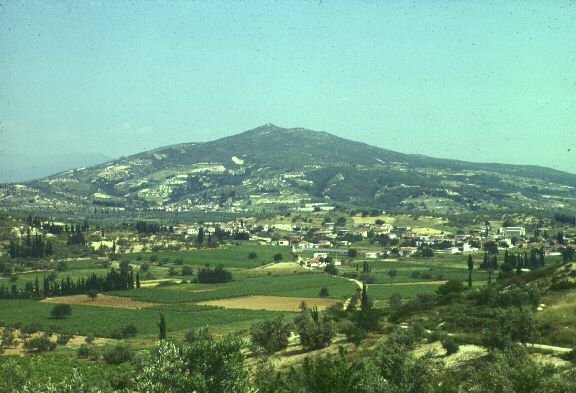
ANCIENT HISTORY
At the foothills of the Korinthian Mountains, Nemea lies in a long narrow valley. The valley has cool summers and harsh winters, often with snow. This area has been inhabited since the Early Neolithic period (6000 to 5000 BCE) and there are many ancient sites from the Mycenaean civilization (1600 – 1100 BCE) and the Golden Age of Greece (500-300 BCE)
NEMEAN ZEUS
In ancient times, the valley was unsuitable for cultivation, and it is only due to artificial drainage that the land has been made arable and rich for cultivation. Not be confused with the Olympian Zeus who is known as a philandering king of the gods, the Nemean Zeus, is the god of shepherds and shepherding. This valley was perfect for grazing thus the name Nemea is derived from the Greek word meaning to graze. (Νεμέα)
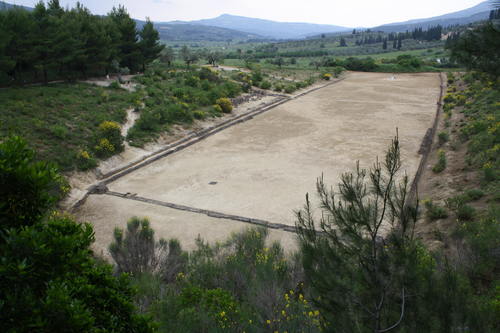
PANHELLENIC GAMES
From the 6th to 3rd centuries BCE, one of the four Panhellenic Games of Ancient Greece were conducted in Nemea, in mid-June. The others games were held in Olympia, Isthmia and Delphi. Unlike the Olympic games which were held every 4 years, the Nemean games were held for one month, every two years. The most popular events were the stadion, (foot races) that varied over the lengths of the stadium. One race, the hoplitodromos was 24 lengths of the stadium and run in full armor. The other events included boxing, discus, wrestling, javelin, long jump and chariot races. It is thought that the origins of the games may have begun with Hercules’ slaying of the Nemean Lion and that the games were established in his honor.

HERCULES AND THE NEMEAN LION
The first of Hercules 12 feats, was to slay the Nemean lion. One version of the legend has it that the lion would take women hostages to his lair in the caves of Mount Tritos above Nemea. The lion used this tactic to lure warriors from nearby towns to save the damsels in distress. Because of its golden fur, the lion was could not be killed with mortals’ weapons. Its claws were sharper than mortals’ swords and could cut through any armor. Hercules slayed the lion, becoming a legend in his own time and securing his place in history.
SOMM SESSION
Each month I will highlight a bit of sommelier knowledge and terminology that you may not be familiar with, but that will hopefully help you in choosing and enjoying wines of any country and region. Don’t worry, there won’t be any quiz at the end.
1.TERROIR (Yes, it’s a French word, Pronounced as “tare WAHr”, but used throughout the world)
Terroir is how a particular region’s climate, soils and aspect (terrain) affect the taste of wine. Some regions are said to have more ‘terroir‘ than others. We call these “wines of place” because they have unique characteristics particular to that terroir.
2.PDO (Protected Designation of Origin)
This is a European Union classification of wines, which are “produced, processed and prepared in a given geographical area, using recognized know-how”. Their quality and properties are significantly or exclusively determined by their environment, in both natural and human factors. Wines ranked PDO are considered the highest quality.
3.PGI (Protected Geographical Indication)
The EU definition of a PGI product is one closely linked to the geographical area in which it is produced, processed or prepared, and which has specific qualities attributable to that geographical area. Wines ranked PDI are considered just below PDO in quality.
BASIC WINE CHARACTERISTICS
When we talk about wine there are 5 characteristics that help define the profile of a wine.
Next month I will review these 5 characteristics, but while you are tasting wines in September, think about:
Sweetness, Acidity (no this is not a bad thing), Tannin, Alcohol, and Body
VINE AND WINE TALK
Nemea is associated with the ancient wine of Fliasion, the “royal wine” known as the “blood of Hercules” and was reputed to be a favorite of Agamemnon. Once you have tasted it, you will know why. The wine producing area of Nemea consists of 22,000 acres which forms the PDO and PGI zones. It is the largest appellation (wine region) in Greece. This zone encompasses sixteen total communities with around 40 wineries. The unique variety “Agiorgitiko” (St. George’s grape) is ubiquitous throughout the valley. It literally means the wine of the Agios Georgios, which was the former name of the modern town of Nemea. Nemea it is the only appellation in Greece permitted to make wine from this grape, as a PDO. As if that is not exclusive enough, all the wines labeled from Nemea are required under the appellation law, to be entirely made from the Agiorgitiko grape. Some growers are making blends incorporating Cabernet Sauvignon, but those wines must be sold under the regional Peloponnese appellation, and cannot be labeled Nemean. That’s a good indication of how special are these grapes and this terroir.
The terroir is divided into 3 distinct areas, the flat land surrounding the village of Nemea, the hills to the west, and the mountainous areas toward Mount Kyllini in the north. The elevation of the entire Appalachian ranges from 800 ft to 2600 ft above sea level. As you can imagine that makes for huge variations in the wines produced in the different subregions. The wines from the higher elevations are considered the best examples of Agiorgitiko due to the thin, gravelly soil and lower temperatures. That sound counterintuitive doesn’t it. You might think that rich soil and warm temperature would produce the best wines, but that’s one of the mysteries of wine grapes. They like to struggle a bit. Agiorgitiko is a late-ripening grape and it likes a range of temperatures from hot to cool in a single day. Why? Because that slows the sugar production, and helps to hold onto the acidity. (Remember, acidity is necessary to prevent a wine from being flabby, more about that next month.) The wines made in lower elevations, in the areas surrounding the village on the alluvial plain, are sometimes made into a sweeter style of wine and lighter variations of Agiorgitiko.
In addition to Agiorgitiko, the entire Peloponnese is known for several other indigenous grape varieties from which they produce single variety wines (100% of 1 variety) or blends. Some wineries in Nemea utilize locally grown Cabernet Sauvignon, Merlot, Syrah, Chardonnay, Sauvignon Blanc and Gewürztraminer, to blend with the Greek varieties to produce wines with exciting complexity, depth of flavor, superb balance and a delightful finish.
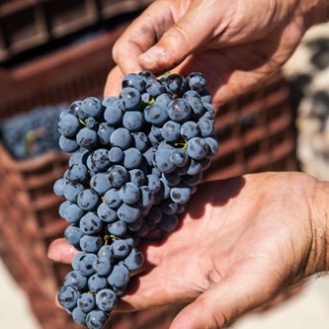
POPULAR GREEK VARIETIES FROM PELOPONNESE
Agiorgitiko, A flavorful red wine, with characteristic aromas of cherry, strawberry, and sometimes passion fruits. Full bodied in the mouth with soft tannins and balanced acidity. It is a dynamic variety and depending on the vinification method, the grapes can yield red wines—either fresh or suitable for aging (up to 30 years)—or even rose wines with rich, fresh aromas. The same variety also sources high-quality sweet wines from overripe grapes that have been partially sun-dried.
Moschofilero, Full of freshness and with great acidity, blends well with other varieties and is widely recognized for its intense aromatic flavor of rose petals and citrus flowers. Flowery bouquet and white fresh fruit in the mouth.
Roditis—A light and elegant variety, Roditis produces vibrant wines with pronounced acidity and intense nose that brings out flavors of citrus flowers, peach, melon and freshly cut grass.
Malagousia, which was saved from extinction in the 1980s, today is one of the most popular and enticing Greek white varieties. Fragrant, spicy, elegant and with a complex character, Malagousia grabs you with its rich flavor, crisp acidity and fruity mouthfeel.
FEATURED WINERIES OF THE PELOPONNESE
- LAFKIOTIS WINERY (Ancient Kleonai, Nemea) – www.lafkiotis.gr
TEAM:
Panagiotis Lafkiotis
Panagiotis, Jr. Lafkiotis
Mihalis Lafkiotis
Joanna Lafkiotis
Annastasia Lafkiotis
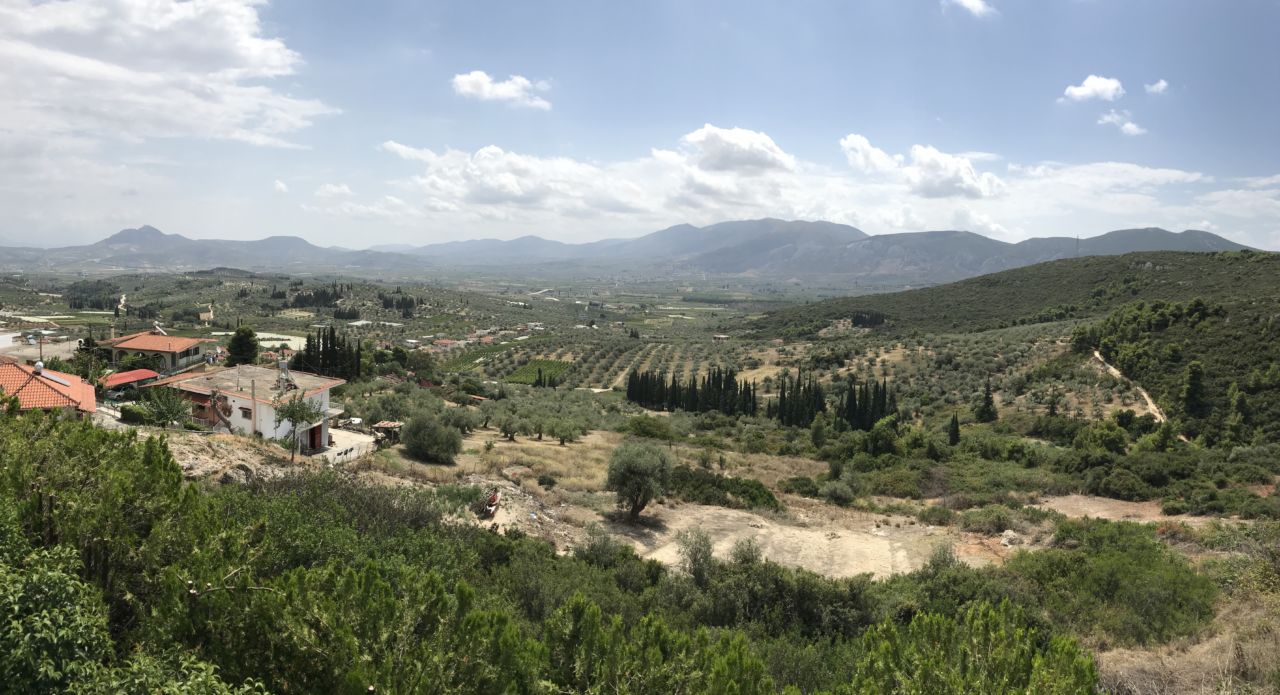
Lafkiotis Winery was founded in1963, near the ancient village of Kleones in Nemea and is bordered by the mythical Aesopos River. The ancient site of Kleonai is first mentioned in Homer, The winery is very near the remains of the city and the Acropolis, as well of the Temple of Hercules. Lafkiotis was one of the first wineries to bottle wines in Nemea. The winery is a family affair. Today it is owned and managed by the children of the three founding brothers, relying on the experience of half a century of tradition in quality winemaking. Five favorite cousins, two named Panagiotis, Michalis, Anastasia and Ioanna Lakioti continue to produce and create the magic behind the scenes.

VISITS AND TASTINGS
A visit to the award-winning Lafkiotis Winery is an unforgettable experience. Visitors have the opportunity to taste the wines (even those exclusively produced), which are accompanied by small pairings. Visitors are also given a guided tour of the winery, learn about the winemaking process, visit the underground cool cellars where Agiogitiko is maturing in French oak barrels and can watch a video presentation of the wonders of the ancient world of Kleoni and Nemea. The wine tasting room overlooks the vast panorama of the valley. Visitations to the winery are daily from 10 am- 3 pm. After 3 pm please call at 2746 0 31000.
- LAFAZANIS WINERY- Ancient Kleones, Nemea – www.lafazanis.gr

The history and roots of the winery go back 70-years, when Vassilis Lafazanis started making wine in Piraeus. In 1960, the Lafazanis family built its first family-owned winery in Magoula, Attica. In 1993, Spyros Lafazanis, who had grown up, steeped into the secrets behind the art of winemaking, decided to move the winery to Nemea, an area which he had grown to love at the beginning of his career as a young oenologist.
The Lafazanis Winery cultivates 10 hectares of privately-owned vineyards. The vineyards are perched on the slopes of Fokas Hill (alt: 240-500 m) and are mainly planted with Agiorgitiko, Cabernet Sauvignon, Assyrtiko Gewürztraminer, Tannat, and Syrah. The vineyard was designed so as to produce small yields that favor quality wine.
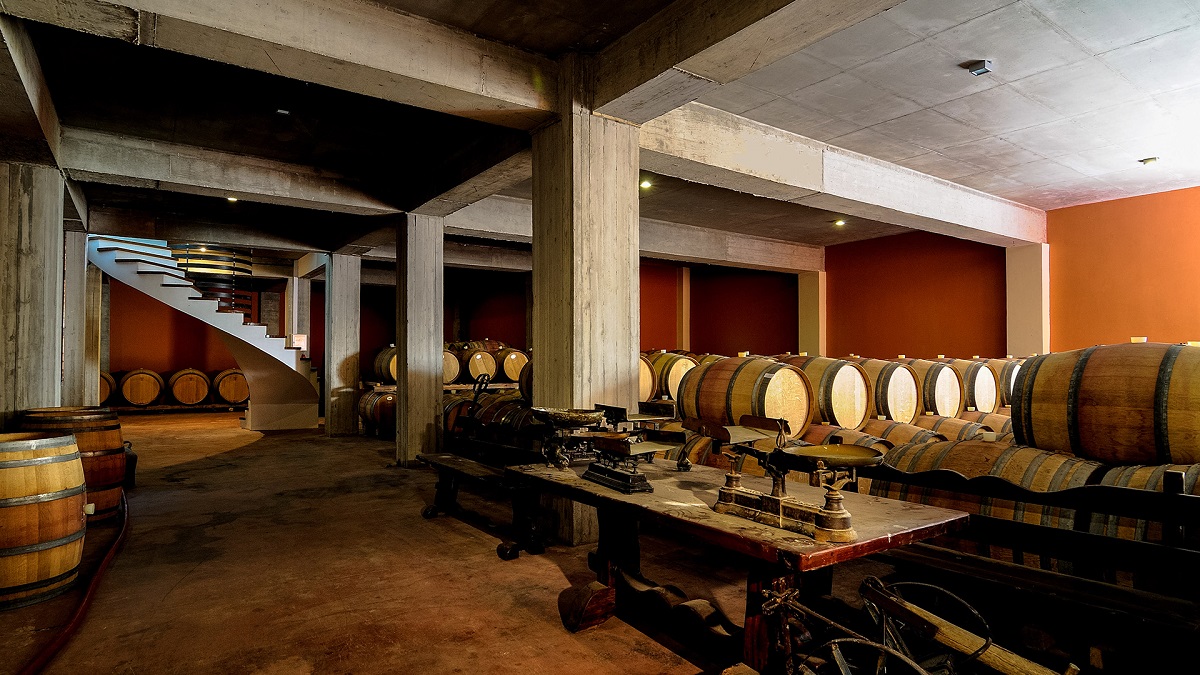
The Lafazanis Winery meets 90% of its winemaking needs through contracted winegrowers, selected for their professionalism and passion for the art of viticulture, assets that enable them to produce healthy, quality grapes year after year. The vineyards they chose to collaborate with are carefully selected throughout Nemea and the prefectures of Corinthia and Arcadia. Lafazanis monitors cultivation practices in the cooperating vineyards, keeps in close contact with the corresponding winegrowers, advises them and seeks their consultation, especially when it comes to winegrowing techniques and practices. They also monitor the ripening process via continuous sampling and decide on the day the harvest will take place, all the while implementing quality control over all viticultural stages.
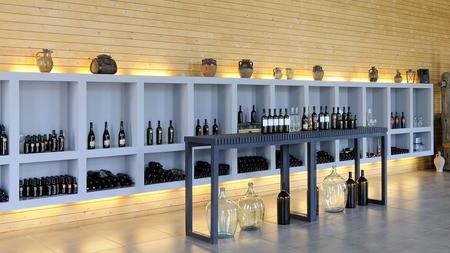
VISITS AND TASTINGS
Open by appointment only.
- Gaia Wines (Koutsi, Nemea) – www.gaiawines.gr
TEAM:
Leon Karatsalos (Owner, CEO)
Yiannis Paraskevopoulos (Owner, Enologist)
Evangelia Chorti (Production Manager)
Maria Kefala (Business Development Manager)
Stella Dassiou (Marketing Manager)
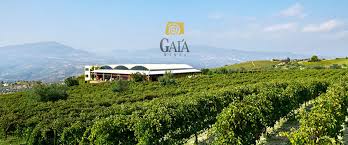
GAIA Wines was founded in1994 by Yiannis Paraskevopoulos (Agriculturalist and Ph.D. in Enology from the University of Bordeaux II) and Leon Karatsalos (Agriculturalist). Like the ancient Greek seamen that sailed to distant lands, these men have traveled extensively to gain knowledge and experience that they then use to transmit to the production of their wines. Their mission is “to explore in depth the boundaries of the Greek varieties, making them well -known all over the world.”
The vineyard extends to a 250m to 850m altitude and has a great variance in the soil and climate characteristics. There is a large variety of environmental conditions inside the P.D.O. area. Hillsides on calcareous soils and stony soils on foot slopes are considered the best for long-aging wines.
The winery was built in 1997 at the heart of the private vineyard in Koutsi. Although Koutsi has a lower yield than the other parts of Nemea, the owners believe that the chalky, good drainage soils and cool temperatures are ideal for Agiogitiko grapes to produce high-extract and oak-aged wines.
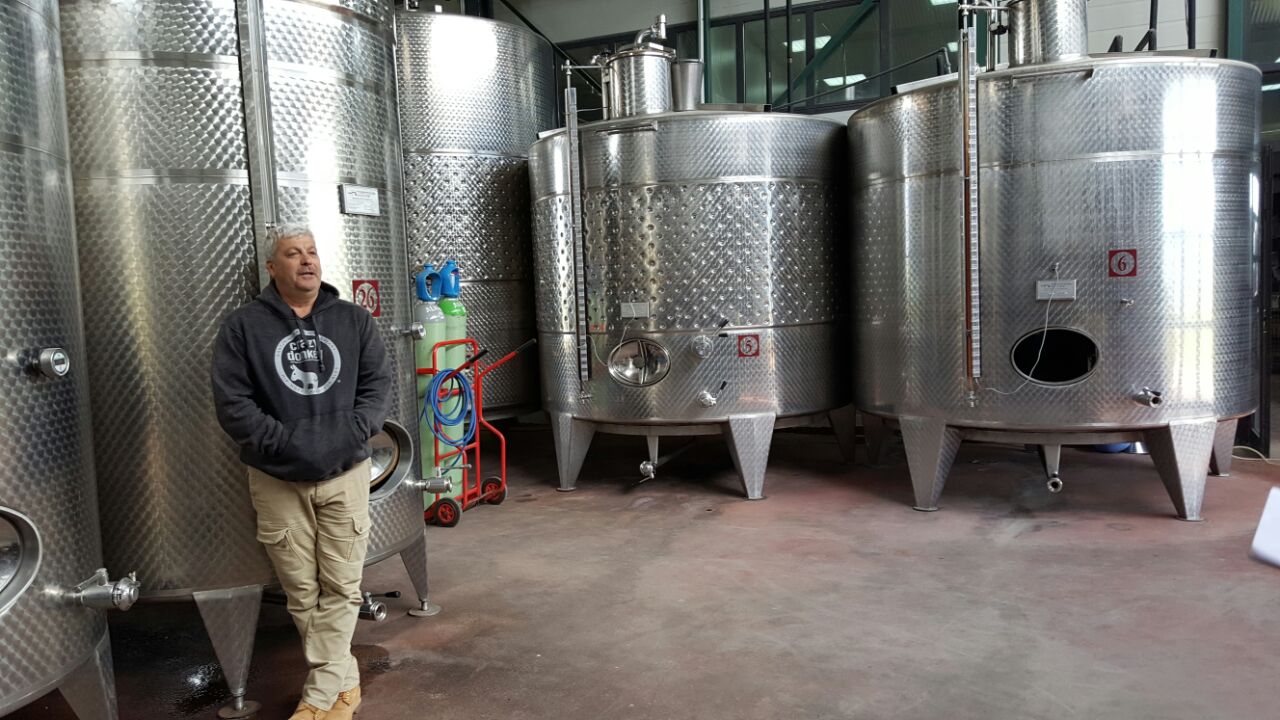
VISITS AND TASTINGS
Gaia’s is open to visitors upon appointment. The visit includes a short walk through the vineyard of Gaia Estate, a tour in the winery and the cellar and a wine tasting of the whole range of Gaia Wines from Nemea and from the island of Santorini where they own another the winery. A visit to the winery which is just 1 ½ hour from Athens and ½ hour from the town of Nafplio can be combined with stopovers to the Temple of Zeus in Ancient Nemea or to the Museum of the Environment near the Stymfalia Lake. Tasting of 4 wines 8€, of 8 wines 15€.
- SEMELI WINERY (Koutsi, Nemea) – www.semeliwines.gr
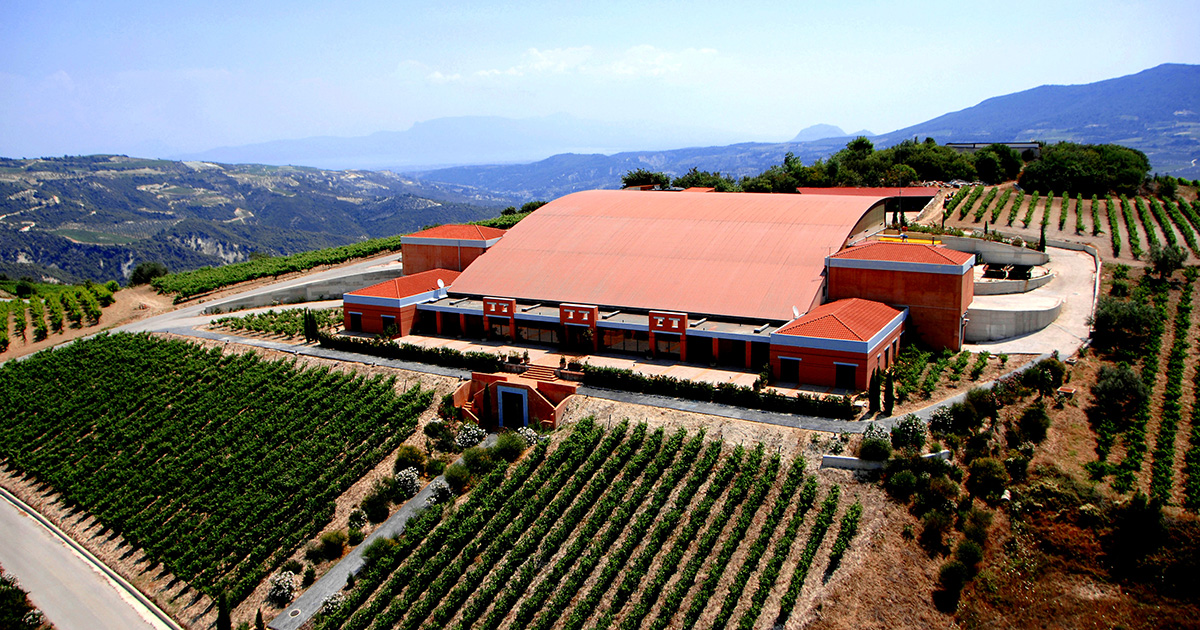
The Semeli Estate is located at an altitude of 600m on the slopes of the hilly Koutsi region, one of Nemea’s most celebrated “crus.” It takes its name from the mythological legend. Semeli, daughter of the King of Thebes, had a child, Dionysus, by the God Zeus (the philandering Olympian Zeus.) In a jealous rage, Hera, Zeus’ wife, came to Semeli disguised as a nursemaid and persuaded her to ask Zeus to come to her bed in all his majesty glory as thunder and lightning. Semeli was consumed by flame but Zeus rescued his son, Dionysus, who became the God of the harvest and of wine.
Their mission is to “fully realize Nemea vineyard’s potential and support the local economy.” Apart from hiring exclusively from the surrounding communities, they also support neighboring growers by either advising them on the cultivation of grapes or by rewarding their efforts to produce high-quality grapes through fair pricing.
In 2003, Semeli built a modern, stylishly designed winery set amidst company-owned vineyards in Koutsi, Corinthia. This state-of-the-art 4,000m² facility is a benchmark winery at a national level both in terms of innovative layout and excellent services. Designed with respect for the natural environment and built on a vineyard-covered hill slope with a long reputation of producing vintage grapes, the Semeli Winery reflects a holistic approach to modern winemaking.
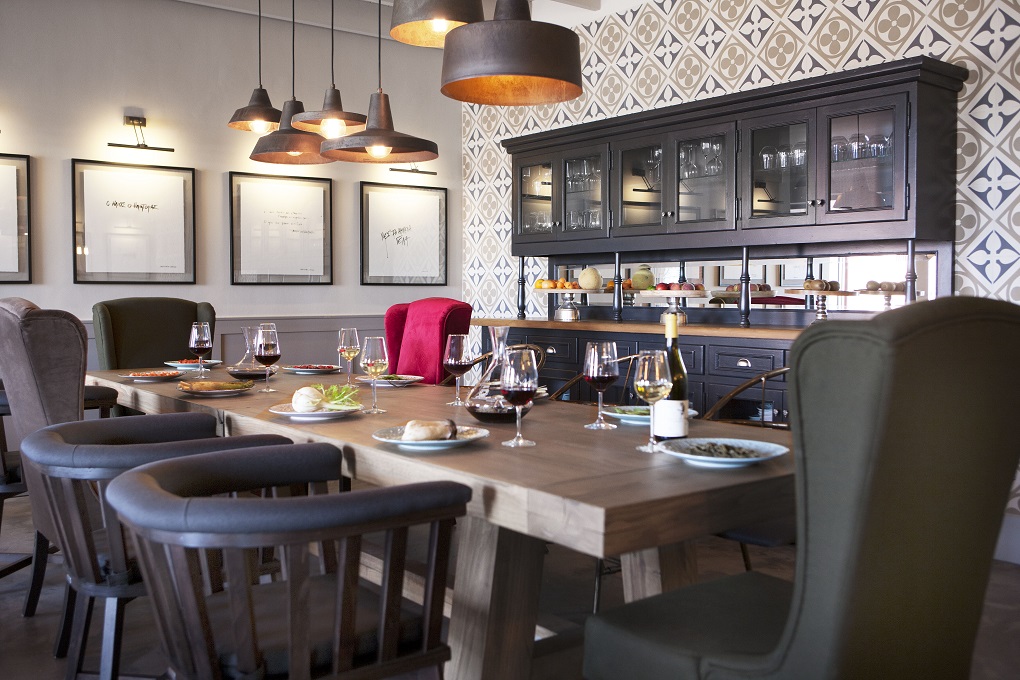
VISITS AND TASTINGS
There are three wine tasting programs and for a detailed description visit their website. There are 3 different pairing programs, a full course meal program and special events menu.
The winery tour takes you through the production area to acquaint you with the process of grape collection and vinification, the bottling area and finally through the impressive cellar enabling you to explore the wine maturation process.
Monday through Friday 10:00 a.m. to 4:00 p.m.
For weekends please contact us at +306985161414
or email us at [email protected]
Recipe of the Month
Courtesy of
Leftover-Chicken Pie with Raisins, Cinnamon and Cheese
Serves 4






